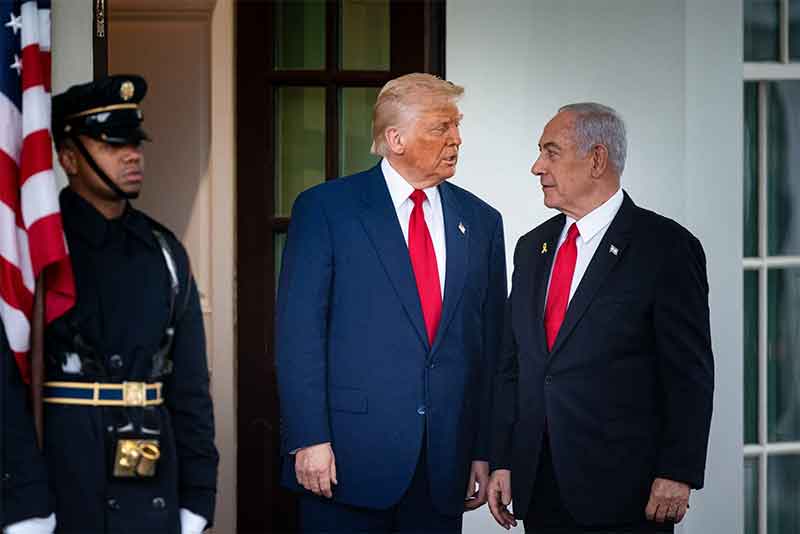
Youths and children, the most demographic dividend of any country, are equally important for the society specifically as well as for the nation-building in general. They are the impregnable pillars of any country’s social integration and economic growth. Education is treated as best mode of shaping these young populations towards their holistic development, thereon the destiny of any nation depends on. The people across the globe commemorate September 8 of each year as the “International Literacy Day” to raise awareness and remind individuals, society, and communities of the importance of lifelong learning. The 14th session of UNESCO’s General Conference on October 26, 1966, has declared September 8 as “International Literacy Day” and since 1967 celebrations have been enlivened annually across the world. UNESCO declares this day as an opportunity for governments, civil society, and responsible stakeholders to highlight improvements in the world’s literacy rates and reflect on the world’s remaining literacy challenges.
In the recent past, the celebration has been associated with different themes on the eve of the “International Literacy Day”. Some of the themes were like 2006 – Literacy Sustains Development, 2013 – Literacy for the 21st Century, 2016 – Reading the Past, Writing the Future, 2017- Literacy in a Digital World, and 2019- Literacy and Multilingualism. According to the United Nations, the theme of “International Literacy Day 2020” is “Literacy Teaching and Learning in the COVID-19 Crisis and Beyond”. The theme takes literacy in a lifelong learning perspective and the role of educators and changing pedagogies are greatly acknowledged to meet the emerged learning crisis in the times of pandemic.
The day places special focus on the greatness and significance of literacy. It underscores the ability to read and write is not only essential for individuals but societies as a whole. It is also highly urged to recognize literacy as an essential foundation of education. The ability to read and write enables individuals to a different plethora of opportunities and increases the quality of life. The United Nations reveals that the world literacy rate is 82 percent while globally 773 million adults and youths still cannot read and write. It also reports that over 617 million children and adolescents are not achieving minimum proficiency levels in reading and mathematics. Currently, there are 155 million children around the globe who are not attending school.
India’s stand in literacy is 77.7 percent which is still behind the world’s average that is 82 percent. There is a wide disparity, gender-wise (male; 84% & female; 70.3%) as well as locality-wise (rural; 71% & urban; 86%) as reported by National Statistical Office (NSO). Besides, a wide gap in literacy attainment across different states of India is also a big issue as the data shows Kerala as the most literate state with 96.2 percent literacy while Andhra Pradesh is at worse with 66.4 percent literacy rate in the country.
For the last decades, India has been experiencing harsh realities of school education with several problems like universal enrolment, drop out, lack of basic facilities, and paucity of required infrastructures, adverse school environment, and shortage of skilled teachers. According to Census (2011), there are over 6.5 million children aged between five and fourteenth years who are out of schools and working in agriculture and household industries. Besides, there is a big concern for school dropouts. The report of UNESCO, (2016) reveals that over 47 million youth in India are school dropouts by the 10th standard.
The international literacy day sets targets to attain proficiency levels in reading and mathematics. However, the Annual Status of Education Report (ASER, 2018) revealed that about 49 percent and 27 percent of children from class V and VIII cannot read class II level textbooks respectively. Similarly, more than 72 percent of the students from class V and 56 percent from class VIII cannot solve simple mathematical problems.
Moreover, there have been several teachers’ related issues in schools. According to the report of U-DISE (2016-17), the country has more than 92 thousand single-teacher government schools at both elementary as well as secondary levels. It is also evident that over 18 percent of teachers at government schools do not have any professional training in delivering and designing structural pedagogies for effective classroom-transactions. Besides, a study on the teacher (2013) found that nearly 25 percent of teachers in India are irregular to schools. The cases of teacher-absentees have been reported highest in the economically poorer states like Jharkhand (41%), Bihar (37 %), Punjab (34.4%), Assam (33.8%), Uttaranchal (32.8%), Chhattisgarh (30.6%), and Uttar Pradesh (26.3%).
The implementation of ICT still remains a concern in today’s scenario in Indian schools. According to the DISE survey (2015-16), only 24.01 percent of schools have both computers and electricity. The states having schools with both computer and electricity less than 2 percent are Assam (0.27%), Bihar (1.52%), Jharkhand (1.49%), Madhya Pradesh (1.55%), Manipur (0.85%), and Odisha (1.63%). Also, it has been reported that the availed computers are used only for data recording, and hardly a few percent of schools that use computers for classroom teaching-learning purposes. In such a perilous condition, how far digital outreach and the implementation of ICT will be successful in targeting the quality education in the schools still remaining today’s biggest challenge for stakeholders.
Notwithstanding, India’s New Education Policy 2020 approved by the Union Cabinet July 29 has proposed some key analyses keeping in mind of resolving the existing learning crisis as well as to uphold its education system up to the global standard. The policy is much cleared about the current crisis and targeted to bring those non-school attended children back to the schools. In this context, the policy is rightly noted to take necessary steps and strategic plans and initiatives to accomplish the 100 percent literacy by 2030.
Concerning improvements in the existing infrastructure, the policy promises to boost the government schools in terms of availing basic infrastructures to digital infrastructures. The policy states for hiking in the capital allocation for education with the expectation to boost the overall infrastructure in schools. Further, the policy document rightly ensures to minimize the learning gaps through its new proposed 5+3+3+4 education model where it is targeted students’ attainment of foundational knowledge and numeracy competency by grade 3.
To tackle the issues of teachers’ teaching and professional competency, the policy document urges few teaching- and school administration-related strategies. Firstly, the policy emphasizes on the professional development of teacher educators through different in-service training programs. With due recognition to teachers’ professional development, the policy rightly stated four years integrated B.Ed. training programs as mandatory for teaching at the school level by 2030. Secondly, the document also rectified the flaws with the existing governance and administration system of schools. It sets to establish regulatory bodies to check the teachers’ commitment and full engagement in full-time teaching in schools. Besides, it also says that there is an urgent need to look into these problems and urges responsible stakeholders for necessary steps with government supports.
In closing, it is thus inferred that India has set a high ambition to achieve universal enrolment besides tackling the issues of drop-out and minimum learning proficiency in reading, writing, and mathematics. However, to materialize those ambitions, the governments with respective stakeholders must have to take some forwarding steps towards ensuring the infrastructures as well as the expertise required to teaching students in schools. The Centre should prioritize its working plans in co-ordination with different states to ensure the ‘Universalization of Elementary Education’ (UEE-NPE, 1986) under the flagship program of Sarva Siksha Abhiyan (SSA, 2001) across the country and make 100 percent retention of the enrolled kids in schools. Besides focusing on the improvement of the students’ proficiency levels in reading and mathematics, the governments should also underscore due importance on reducing the learning gaps in educational attainment in terms of gender as well as locality. Additionally, while underpinning the undeniable importance of school education and to accomplish the 100 percent literacy as set by the Right to Education Act, 2009, all the states must work in co-ordination with different educational regulatory bodies to ensure free and compulsory quality education accessible to all the children aged between 6 and 14 years.
Nawaz Sarif is a Ph.D. scholar and a UGC fellow at the School of Education, North-Eastern Hill University (NEHU), Shillong, India. He has completed his master’s degree at Banaras Hindu University (BHU), Varanasi, India. Presently, he works on ‘the development of psychological capital in the young population’. Along with the research, he writes short articles on contemporary issues. Email: [email protected]
SIGN UP FOR COUNTERCURRENTS DAILY NEWSLETTER
















































